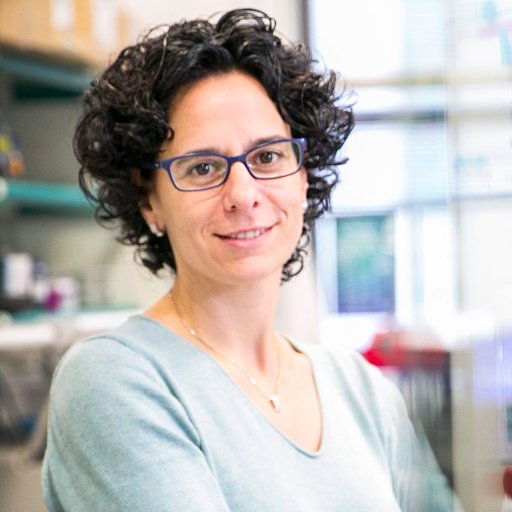Invited speakers Flora Jay Flora Jayhttps://flora-jay.blogspot.com Evolution, Phylogeny & Population genetics Creating Artificial Genomes using Generative NetworksGenerative models have shown breakthroughs in a wide spectrum of domains due to recent advancements in machine learning algorithms and increased computational power. Despite these impressive achievements, the ability of generative models to create realistic synthetic data is still under-exploited in genetics and absent from population genetics. Yet a known limitation of this field is the reduced access to many genetic databases due to concerns about violations of individual privacy, although they would provide a rich resource for data mining and integration towards advancing genetic studies. We demonstrated that deep generative adversarial networks (GANs) and restricted Boltzmann machines (RBMs) can be trained to learn the high dimensional distributions of real genomic datasets and generate novel high- quality artificial genomes (AGs) with little privacy loss.
 Núria López-Bigas Núria López-Bigashttps://www.irbbarcelona.org/en/profile/nuria-lopez-bigas Genetics & Precision Medicine Computational analysis of cancer genomesSomatic mutations are the driving force of cancer genome evolution. The rate of somatic mutations appears to be greatly variable across the genome due to variations in chromatin organization, DNA accessibility and replication timing. In addition, other variables that influence the mutation rate in a local scale are starting to emerge. I will discuss recent findings from our lab on how DNA-binding proteins, nucleosomes and differences in exons and introns influence mutation rate. These findings have important implications for our understanding of mutational and DNA repair processes, genome evolution and in the identification of cancer driver mutations.
 Andrea Rau Andrea Rauhttps://www.andrea-rau.com/ Statistics & Machine learning Integrative and interactive analyses of multi-omics dataThe increased availability and affordability of high-throughput sequencing technologies in recent years has facilitated the use of multi-omic studies to expand and enrich our understanding of complex biological systems. However, defining a holistic and meaningful way to exploit these heterogeneous and multi-faceted ‘omics data can be complicated by several major obstacles. These include the unknown hierarchy and potentially ambiguous relationships among different sources of data, the explosion in data dimension, issues due to batch effects and quality control, potentially incomplete or missing data, limited sample sizes, and the occasional difficulty in posing well-defined and answerable research questions of such data. In light of these challenges, in this talk I will provide an overview of some of our methodological contributions to integrative multi-omic analyses, and I will discuss how the development of interactive tools can be a useful addition to the multi-omic analysis toolbox.
https://www.mpibpc.mpg.de/soeding Structural Bioinformatics, Genome Wide Association Study & Gene Regulatory Network
 Martin Weigt Martin Weigthttps://sites.google.com/site/martinweigt Proteomics & Structural Bioinformatics Protein sequence landscapes: from data-driven models to evolution-guided sequence designThanks to the sequencing revolution in biology, protein sequence databases have been growing exponentially over the last years. Data-driven computational approaches are becoming more and more popular in exploring this increasing data richness. In my talk, I will show that global statistical modeling approaches, like (Restricted) Boltzmann Machines are able to accurately capture the natural variability of amino-acid sequences across entire families of evolutionarily related but distantly diverged proteins. We show that these models, also known under the name Direct Couplings Analysis, are biologically interpretable; they allow to extract information about the three-dimensional protein structure and about protein-protein interactions from sequence data, and they unveil distributed sequence motifs. These models can be seen as highly performant generative models - they capture the natural sequence variability far beyond fitted quantities, and they allow to design novel, fully functional proteins. This last observation opens the field towards data-driven evolution-guided approaches to protein design.
IFB invited speakers Kjell Petersen Kjell Petersenhttps://www.uib.no/en/persons/Kjell.Petersen Technical Coordinator Elixir Norway - www.elixir-norway.org Elixir Norway provides a wide range of services to the life science community. They range from specialized and focused services within the marine and human health domains targeting the international audience, to more generic data management and data analysis type of services targeting a national user base. When it comes to human genetic data, additional requirements comes into play that heavily influence how we can develop and operate e-infrastructure services for research.
|
| Online user: 23 | Privacy |

|
